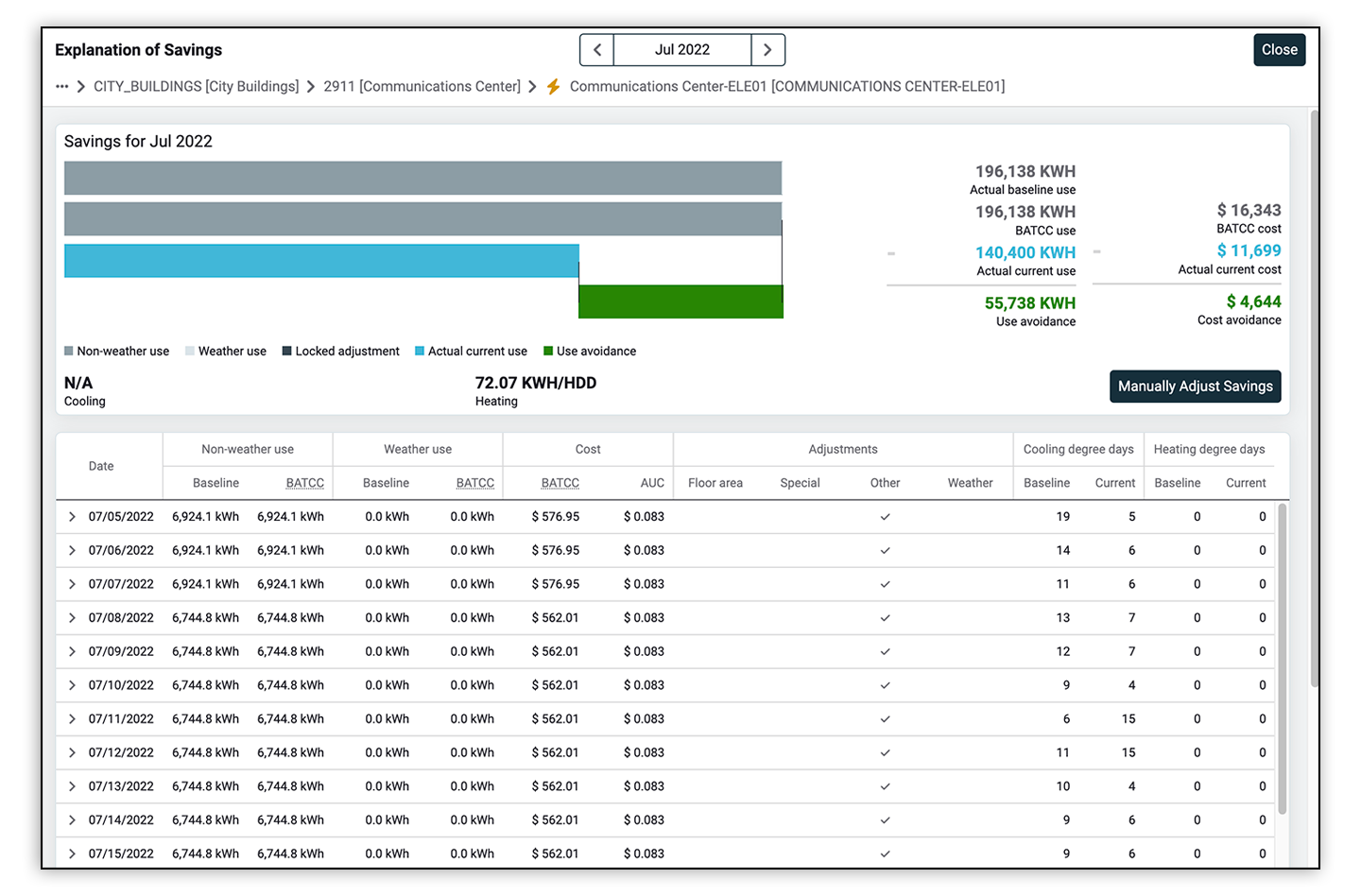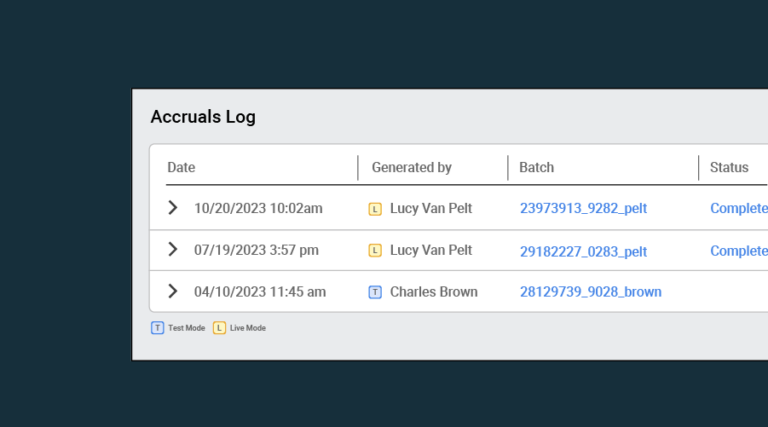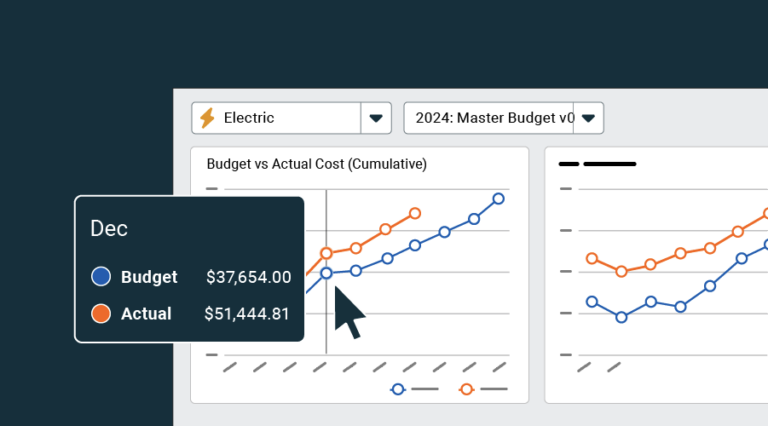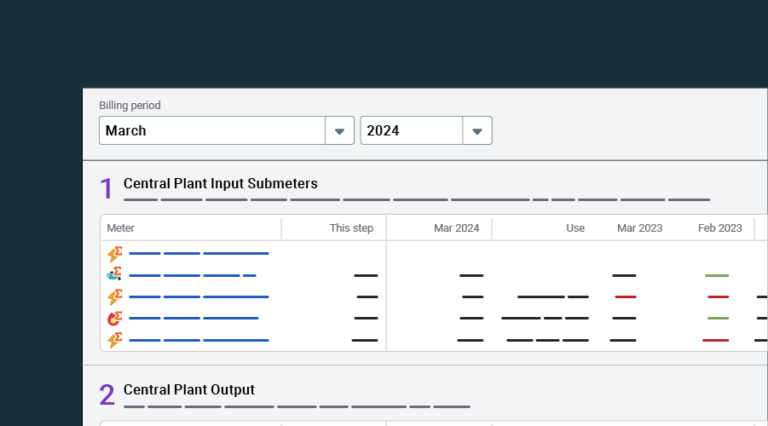Cost avoidance
One of the most important functions in EnergyCAP UtilityManagement is to audit the effectiveness of energy management programs.
Cost Avoidance is the measurement and verification (M&V) of energy and cost savings because of energy management projects. The result is the dollars you avoided spending because of the implementation of energy management activities.
EnergyCAP UtilityManagement Cost Avoidance methodology and core calculations date back to 1982, when EnergyCAP UtilityManagement’s predecessor (FASER Energy Accounting) first introduced Cost Avoidance. UtilityManagement uses the Whole Facility Method in the International Performance Measurement & Verification Protocol (IPMVP). Members of the pioneering team of software engineers and developers who introduced Cost Avoidance are still refining and enhancing EnergyCAP UtilityManagement today. Over the years, these principles have served the needs of thousands of energy managers and assessed billions of dollars in energy management projects.
EnergyCAP UtilityManagement calculates the savings attributable to energy management by comparing current bills with an adjusted baseline year. The process automatically accounts for major variables, including weather (degree days), billing period length, floor area changes, and commodity price, and lets you enter adjustments for other changes such as occupancy, schedule, and equipment retrofits.

 Best-in-class portfolio-level energy and utility bill data management and reporting.
Best-in-class portfolio-level energy and utility bill data management and reporting.
 Real-time energy and sustainability analytics for high-performance, net-zero buildings.
Real-time energy and sustainability analytics for high-performance, net-zero buildings.
 A holistic view of financial-grade scope 1, 2, and 3 carbon emissions data across your entire business.
A holistic view of financial-grade scope 1, 2, and 3 carbon emissions data across your entire business.
 Energy and sustainability benchmarking compliance software designed for utilities.
Energy and sustainability benchmarking compliance software designed for utilities.



